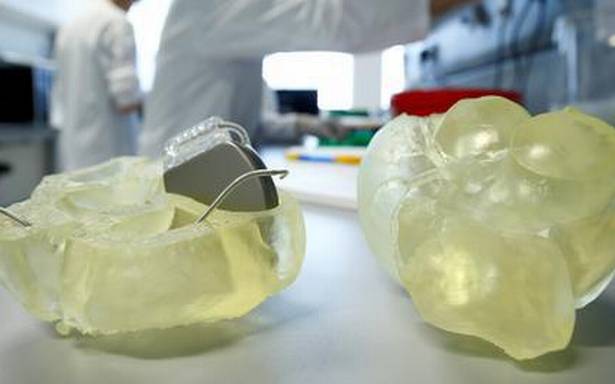Robotic cardiac surgery is not only minimally invasive but it is also helps patients return to normal life within two weeks.
Though world over wherever robotic cardiac surgeries are offered the advantages have outpaced disadvantages the long training curve makes it that much more difficult for surgeons to take up the procedure.
At The Hindu Wellness webinar on Thursday M.M. Yusuf, robotic cardiac surgeon at Apollo Hospital, Chennai, said awareness about the use of robots in cardiac surgery is yet low despite its advantages.
Tracing the evolution of cardiac surgeries Dr. Yusuf, one of the few trained surgeons in the procedure, said both the patient and the surgeon benefited.
Open heart surgeries necessitate cutting open the sternum and the patient needs three months of rest for the bone to heal. The patient’s immunity is also compromised due to the surgery. Also, the patient loses a lot of blood during the procedure.
In contrast robotic cardiac surgery is not only minimally invasive but it is also helps patients return to normal life within two weeks. Since only small incisions are made the question of blood loss is ruled out. However, the surgical procedure is the same.
Only a handful of centres across the world perform the procedure owing to the long training curve, Dr. Yusuf said. He had to wait three years to be accepted for training. He took a year off to train, this after training completely in performing open heart surgeries, he recalled.
“We started off by treating single valve disease but now we are able to treat double and triple vessel diseases. Robot is guided by the surgeon. The procedure is the same as open heart surgery but there is a huge improvement in outcome of the surgery,” he said.
Many attendees were concerned about the cost. Dr. Yusuf said the cost for an open heart procedure could is ₹3- ₹3.5 lakh and for robotic procedure it is roughly ₹7 lakh.
“The economic benefits are huge for the patient, studies abroad have shown. We are also in the process of conducting a study which will be published in a couple months,” he added.
Immediate safety and long term outcome for the patient are the factors that are assessed while offering the procedure, Dr Yusuf said, adding: “If even one of these two is not fulfilled the procedure is not offered.”
Source: Read Full Article

